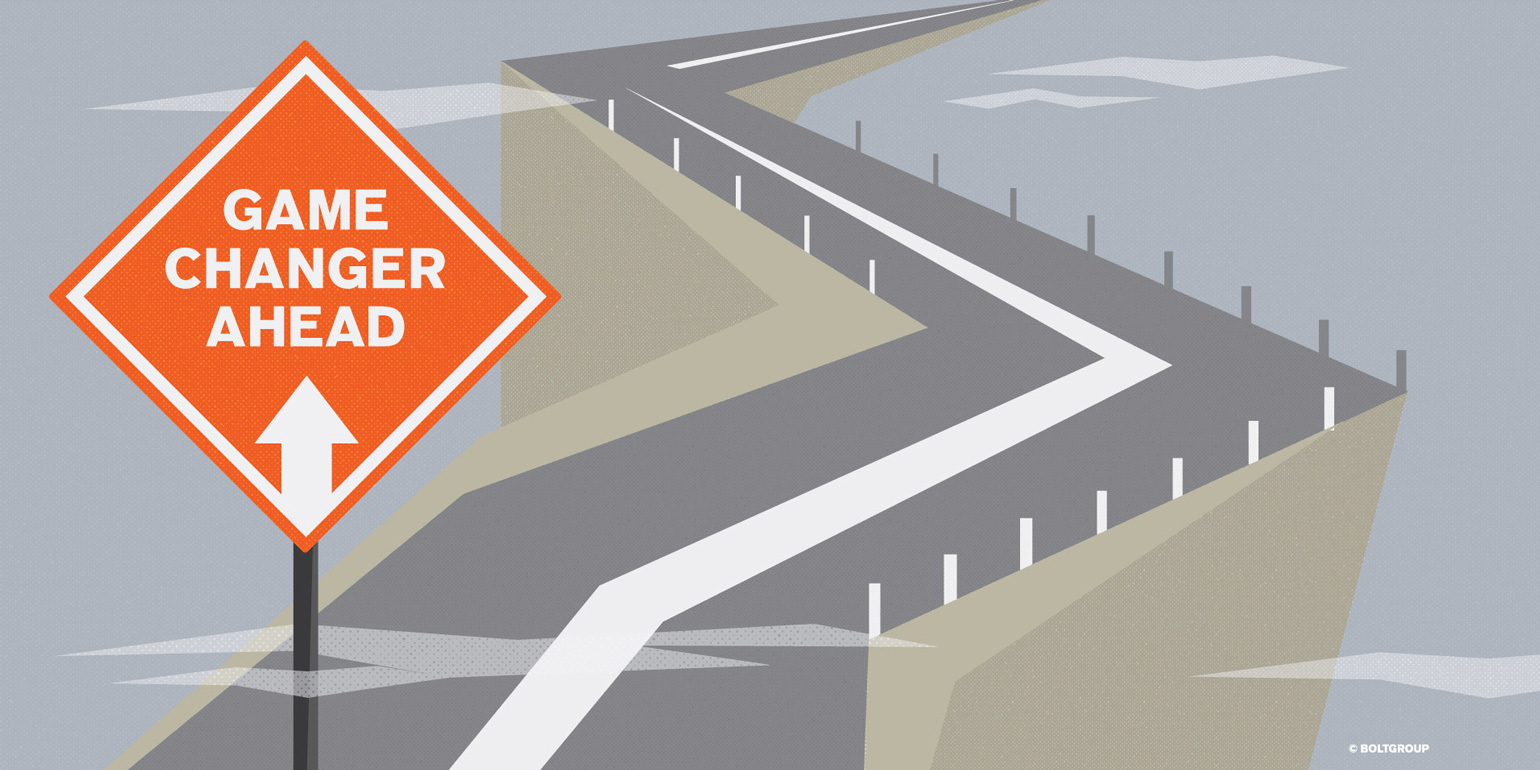Here’s what Clayton Christiansen, Harvard Business School professor and author of The Innovator’s Dilemma, had to say in a recent presentation:
“In the beginning, everybody in a company has a clear picture of the job to be done. However, over time, even well-managed companies lose that ability. As the company grows in size and complexity, it organizes around products or types of customers, rather than its own reason for being. Complexity also leads to a greater dependence on metrics to measure performance, as each department becomes increasingly disconnected from real customer needs. As a result, the company slowly loses sight of its original goal, leaving the business ripe for disruption.”
Generating and executing great ideas is the key to staying ahead in our rapidly changing world. It seems so basic, but in practice is very hard to get right. The real problem is that people are asking the wrong questions about their business—or asking none at all.
I was fortunate to help lead a game-changing disruption of the sport fishing industry with the development of the first family of LCD fish finders. I was recruited by Humminbird to build an innovation team and help leapfrog the #1 competitor, Lowrance, something Humminbird had been trying to do for years with no success.
The six key elements we used are relevant today (although today’s execution tools are quite a bit different).
1. Senior management must be committed to changing the business
In the Humminbird example, the CEO was the driver of change. He and other senior management knew that their long-term survival would only come at the cannibalizing of their own product line, and they wanted to do it before a competitor did. They started making the required changes to process and personnel.
2. A significant investment in research will be required
A.G. Lafley wrote, “Great innovations come from understanding the customer’s unmet needs and desires, both articulated and unarticulated.” Unfortunately, it’s common today for designers and marketers to have no use for research that involves talking to the customer. The point being that the customer cannot articulate what they need. I disagree. I think you just have to be a skillful listener and observer.
Henry Ford said if he asked people what they wanted (before the car) they would have said a faster horse. Mr. Ford knew that it was not the horse people wanted, but the “faster.”
Humminbird made a significant investment in research to better understand consumer needs, and where consumers ranked each need regarding importance. The research turned up common complaints such as, “I can’t see the display in bright sunlight.”, “If I look away I miss things on my flasher.”, “The display is hard to understand”, and “Chart recorders are expensive and unreliable in a wet environment.”.
When I came to Humminbird improvement programs were in place for flashers using non-glare coatings and large hoods to “make a flasher easier to read in sunlight”. After spending many hours on the water observing users, we knew these were band-aids. What we really wanted to do was to find an out-of-the-box, game-changing solution that would address most of our customers’ problems.
Knowing that many successful innovations begin with a user need, our innovation team “listened harder” to the consumer. We broadened our sights to include the benefits customers want; we worked on hearing the “faster”, not the “horse”.
3. Put your best people on the innovation team
It’s up to senior management to assess their creative team and supplement as necessary. This may include bringing in experienced outside resources.
Our senior management team came in and aligned incentives with company goals. Employees were now able to see how their individual efforts linked to the overall company strategy and helped generate momentum for change.
We applied design thinking (a methodology to help with problem solving) to rethink products and services from a customer’s point of view, including the application of new technology opportunities.
Our team found an intersection of consumer need (can’t see in bright sunlight) and emerging technologies (LCDs). Two of us went to Japan to learn and establish a relationship that would lead to a partnership, giving us a competitive advantage for years to come.


